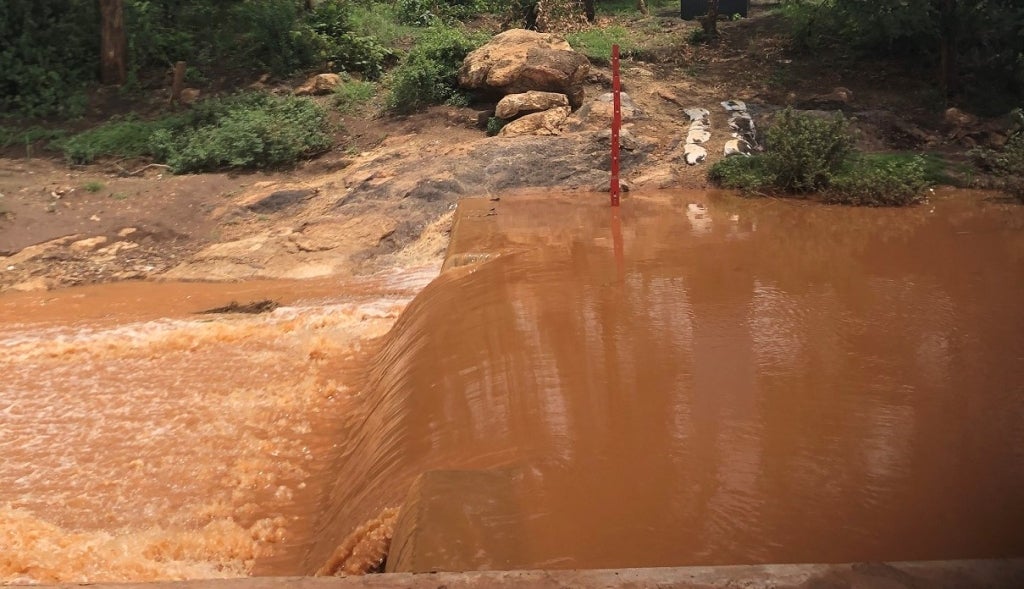 Firewood traders from Ndzalanyama forest in Malawi
Firewood traders from Ndzalanyama forest in Malawi
Natural resources degradation is a well-known development challenge in Malawi. In recent years, it has gained some prominence as a major cause of climate vulnerability linked to extreme events that regularly hit the country. However, progress on reverting land degradation and loss of forest cover is limited. For instance, recent studies suggest that land degradation hotspots cover nearly half (41 percent) of the land area in Malawi 1. Soil erosion, nutrient depletion, and chemical land degradation, including soil pollution and salinization/alkalization, are forms of land degradation that affect Malawi and are projected to increase under various possible climate and population growth rate scenarios. Although the impacts of land degradation are visible to most Malawians, many are unaware of the root cause.
Mr. Phiri is among the hundreds of firewood and charcoal traders logging into the Ndzalanyama Forest Reserve daily for a source of energy and income, unaware of the long-term impacts beyond the additional miles he has to walk every year into the deeper parts of the forest to collect more wood, as it becomes scarce in the outskirts of the reserve. Mr. Phiri decided to join his friends in firewood trading a few years ago because his farm in Nkanga didn’t produce as much maize as it used to. Every other day, he cycles for two hours in the morning into the forest and walks back four hours in the afternoon carrying loads of firewood on his bicycle. Downstream, Lilongwe Water Board battles with water quantity reduction and quality deterioration, which severely impacts its ability to reliably supply water to the largest urban center of Malawi.
The dilemma of the Lilongwe watershed is prevalent in most of Malawi, affecting both small and large water resources systems such as the Shire River Basin. It remains one of the most complex bottlenecks affecting the country’s economic prospects. The Shire River and infrastructure suffer from high loads of eroded soils that end up deposited as sediments in riverbeds, reservoirs, and floodplain wetlands, affecting irrigation canals, fisheries, and hydropower generation. The annual economic value of these impacts to all stakeholders in the Basin is estimated to be at least US$23.7 - US$34.2 million, with US$10.2 million per year in direct dredging and sediment management incurred costs as well as lost electricity revenues to the electricity generation and distribution alone. The impacts of climate-related extreme events such as floods are also exacerbated by landscape degradation, as experienced during the recent tropical storms Ana and Gombe. The country’s largest hydropower dam became inoperative partly due to the extensive siltation. Several other structures, such as water storage facilities, water supply, and irrigation systems, were also significantly damaged.
Addressing watershed degradation requires a broad suite of interventions at scale, as it impacts livelihoods and food security, water and energy security and environmental sustainability . It requires functional watershed services delivered through strengthened institutions, with incentives to support and stimulate the people and communities to maximize their benefits from managing watersheds sustainably. These are the principles behind the Malawi Watershed Services Improvement Program (MWSIP) implemented by the Government of Malawi with funding from the World Bank. In its first phase, the project proposes to restore approximately 95,000 ha of degraded landscapes in the upper Shire River Basin while benefiting, with income-generating activities, approximately 250,000 people, including community conservation groups, farmers, and private agribusinesses.

The watershed services approach focuses on two complementary and interlinked interventions: (i) incentivizing the adoption of sustainable land management practices through a combination of grant support, advisory services, capacity building, technical assistance, and social marketing, and (ii) performance-based financing to strengthen watershed management institutions at the community, district and national level. This is complemented by a package of enabling infrastructure and climate information services to maximize the livelihood benefits from improved watersheds and to enhance the climate resilience of both the communities and the watershed.
Early results from the project show that performance-based financing for watersheds helps in advancing some critical reforms needed to establish the capacity to implement watershed services. National and district entities involved in watershed service delivery have advanced on defining some structural planning and operational tools, and 17 sub-catchment management committees have been established with respective action plans for watershed restoration. These form the basis for the disbursement of funds to finance communities engaged in restoring degraded landscapes through sustainable land management practices.
The watershed services approach builds on the World Bank global collaborative effort between the water, environment, and agriculture sectors, which are working with teams to deliver sustained poverty reduction and development benefits in the long term. The approach has also benefitted from a long history of ‘inputs for assets’ operations and community-driven landscape restoration projects in Malawi, such as the Shire River Basin Project, with tried and tested delivery models that enable funds to flow quickly to communities and individual households.
MWSIP interventions focus on priority catchments in seven Central and Southern Malawi districts. To ensure a meaningful impact, these watershed interventions need to be scaled up across the country very quickly. These approaches would help Mr. Phiri and fellow firewood traders with more sustainable livelihood options, including restoring his farming land and enhancing productivity.
______________________________________
1MoNREM (2017). Forest Landscape Restoration Opportunities Assessment of Malawi. Lilongwe, Ministry of Natural Resources, Energy and Mining, Government of Malawi.



Join the Conversation